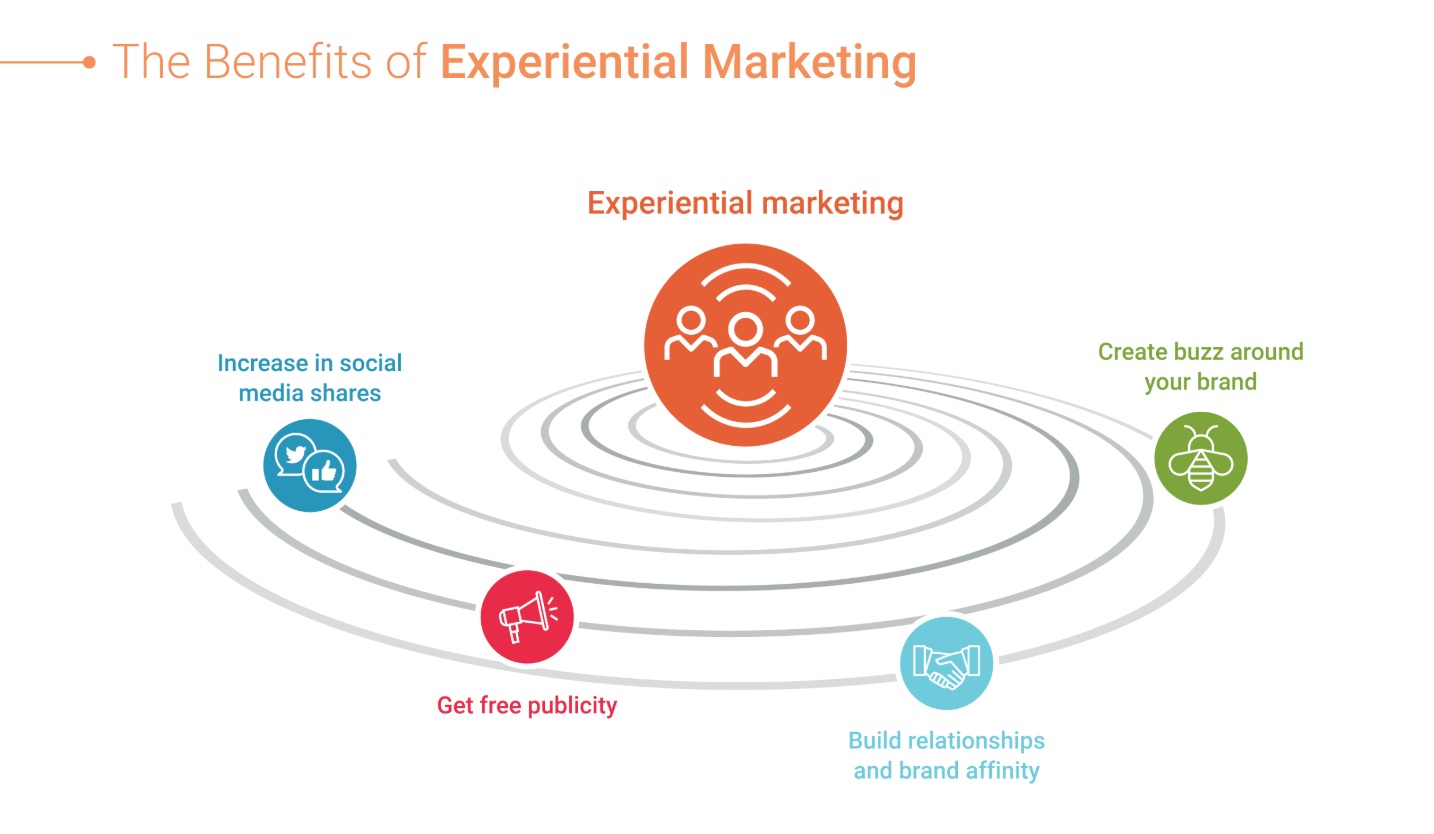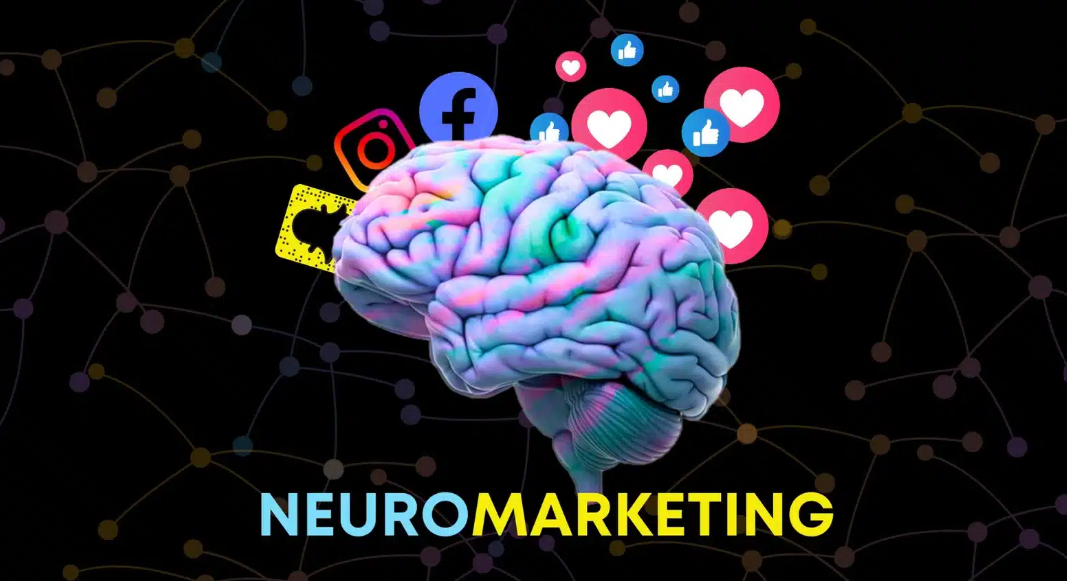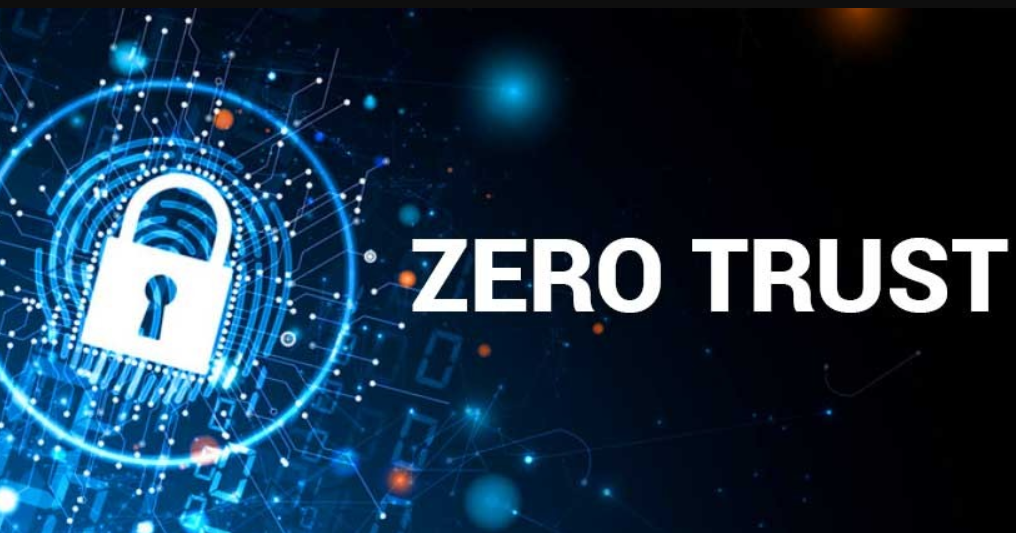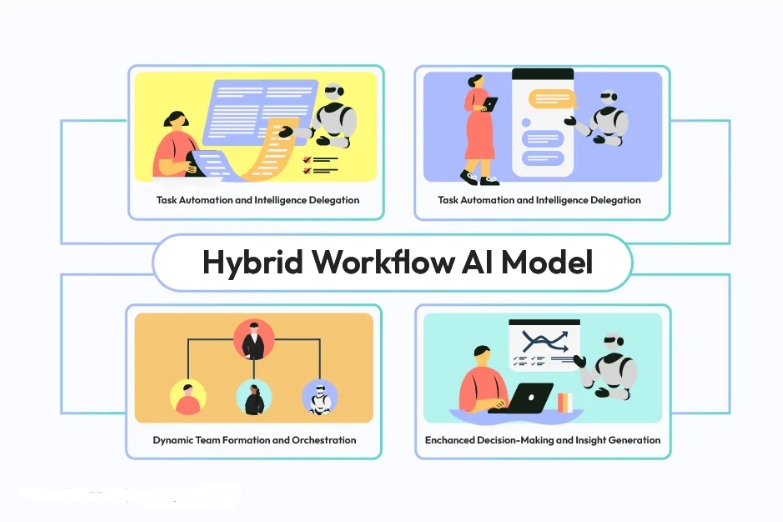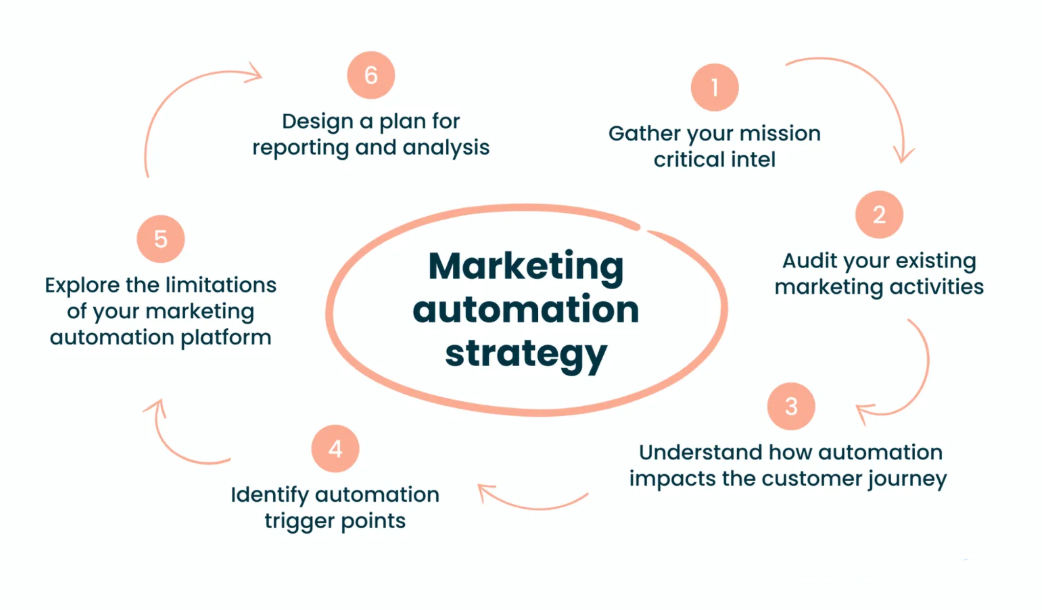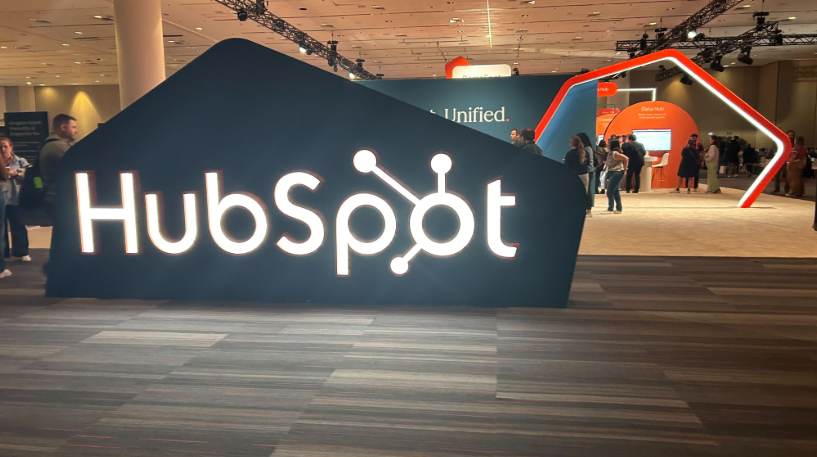Introduction
B2B marketing has long relied on whitepapers, digital campaigns, and sales enablement content. However, as markets become crowded and digital fatigue increases, a new approach is gaining traction: experiential marketing. This strategy, long successful in B2C industries, is now being redefined for the B2B world. From interactive pop-up installations to live demonstrations and hybrid digital events, brands are discovering that experiences build trust faster than any digital ad or webinar. The result is a wave of innovation that places engagement and emotion at the center of B2B marketing.
Why It Matters for B2B Brands
The modern B2B buyer expects more than a transactional relationship. Decision-makers are seeking authenticity, relevance, and personal connection. Experiential marketing creates opportunities to communicate a brand’s values, culture, and expertise in a tangible way. It helps companies move beyond product descriptions to deliver immersive experiences that spark curiosity and conversation. In an age where attention spans are shrinking, memorable experiences can become the strongest differentiator.
How Experiential Marketing Works in B2B
Experiential marketing in B2B is not about entertainment; it is about engagement with purpose. Successful initiatives share three common elements:
- Interactivity: Allowing prospects to explore technology, tools, or data hands-on builds credibility faster than presentations.
- Storytelling through design: Experiences that align with a brand’s narrative and mission resonate more deeply.
- Hybrid accessibility: Combining physical and digital elements ensures reach without losing impact.
Some leading companies have used this model creatively. AI firms, for example, have hosted “innovation labs” where customers can build real-time solutions using live datasets. Tech hardware vendors have built mobile demo trucks to showcase emerging technologies across campuses and corporate parks. Even financial platforms are setting up immersive exhibits to demonstrate transparency and automation in fintech.
Cross-Functional Benefits for Enterprises
- Marketing: Experiential campaigns enhance brand recall and drive earned media coverage.
- Sales: Prospects who participate in interactive experiences are more likely to convert because they have a clear understanding of value.
- Customer success: Existing clients gain hands-on exposure to new features, increasing retention.
- Partnerships: Collaborative events create opportunities to co-market and expand reach across complementary audiences.
Experiential marketing transforms marketing from a cost center into a measurable growth driver.
Strategic Recommendations for B2B Marketers
- Start with your story: Define what your brand stands for before designing an experience around it.
- Align with business goals: Every event or installation should have measurable outcomes such as lead generation, engagement time, or client expansion.
- Use data to personalize experiences: Incorporate insights from CRM and customer analytics to tailor content and interactions.
- Leverage technology: Use AR, VR, or digital twins to make complex solutions easier to understand.
- Extend experiences digitally: Create companion microsites, post-event reports, and follow-up videos to sustain engagement beyond the event itself.
Risks and Challenges
Experiential marketing can be expensive if poorly planned. Without clear goals, events risk becoming one-time spectacles with limited ROI. Logistics, travel, and compliance can also create complexity for global B2B firms. Additionally, measuring success requires both qualitative and quantitative data, combining attendee feedback with lead conversion metrics. To succeed, teams must approach experiential marketing as a long-term strategy, not a one-off initiative.
The Industry Outlook
B2B experiential marketing is evolving fast. Leading technology and AI brands are investing in immersive labs, data theaters, and hybrid experiences that blend storytelling with innovation. At major trade shows, interactive pavilions are replacing static booths. Virtual participation tools have become standard, allowing global audiences to engage in real time. As these trends mature, experiential formats are expected to account for a growing share of enterprise marketing budgets by 2026.
Conclusion
Experiential marketing is redefining how B2B brands connect with audiences. It transforms products into experiences, data into stories, and transactions into relationships. As digital noise continues to rise, authenticity and engagement will separate the leaders from the rest. For marketers, the challenge is not whether to embrace experiential approaches but how to integrate them meaningfully into broader brand strategy. The future of B2B engagement will belong to companies that create experiences worth remembering.

